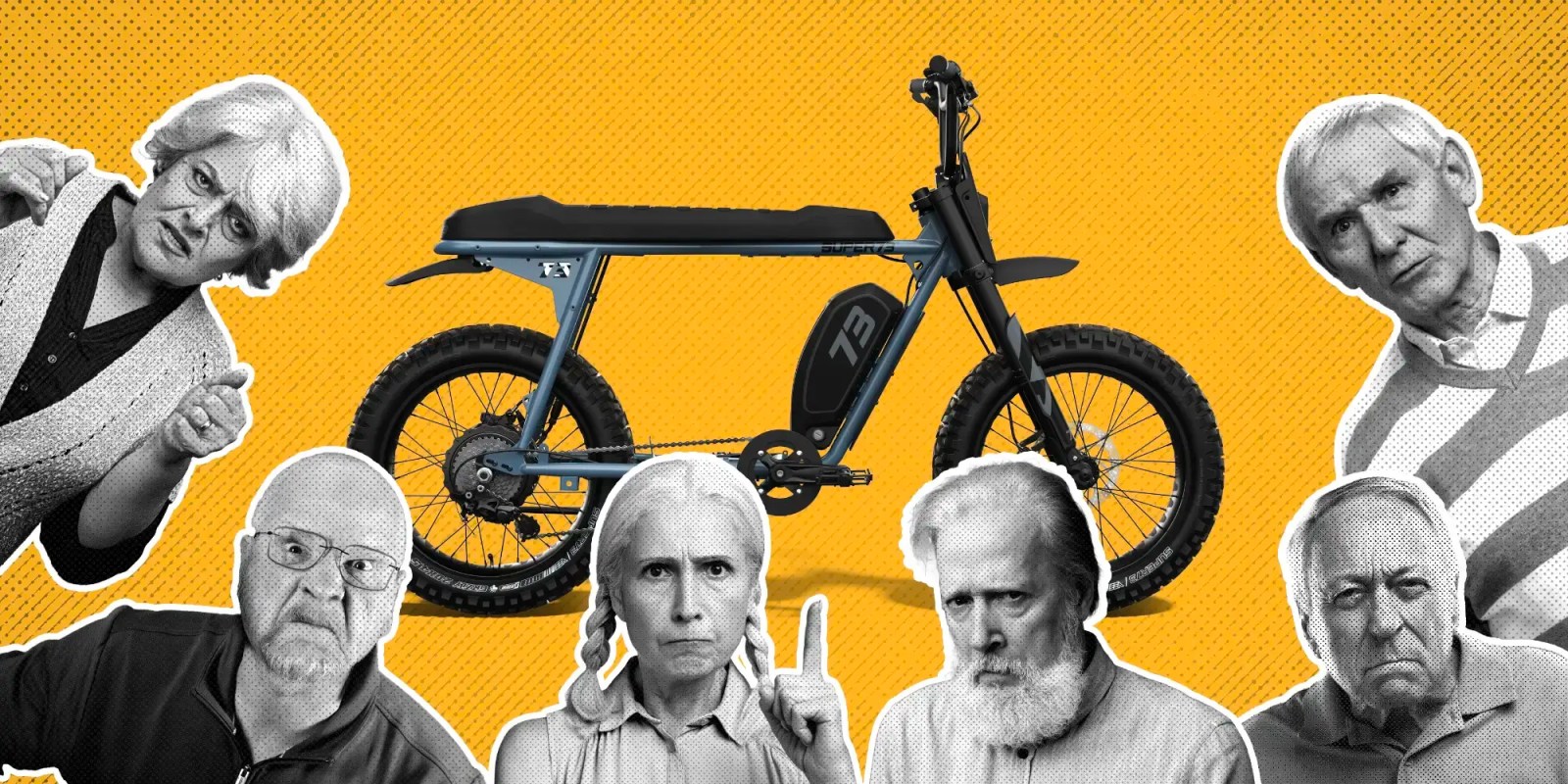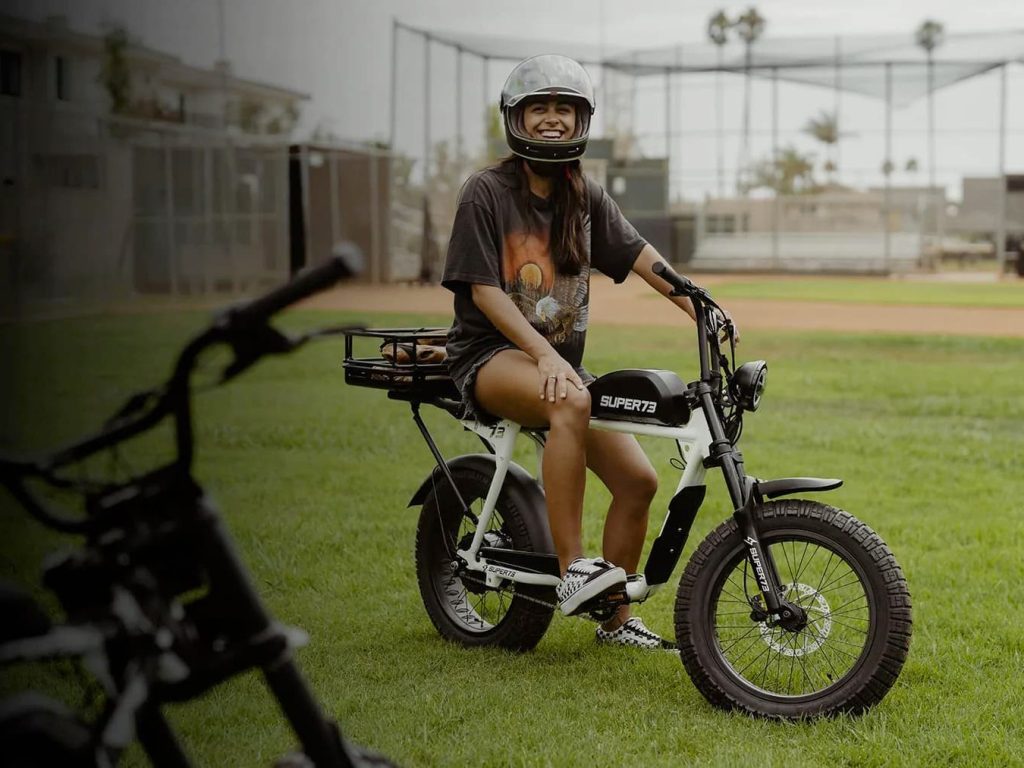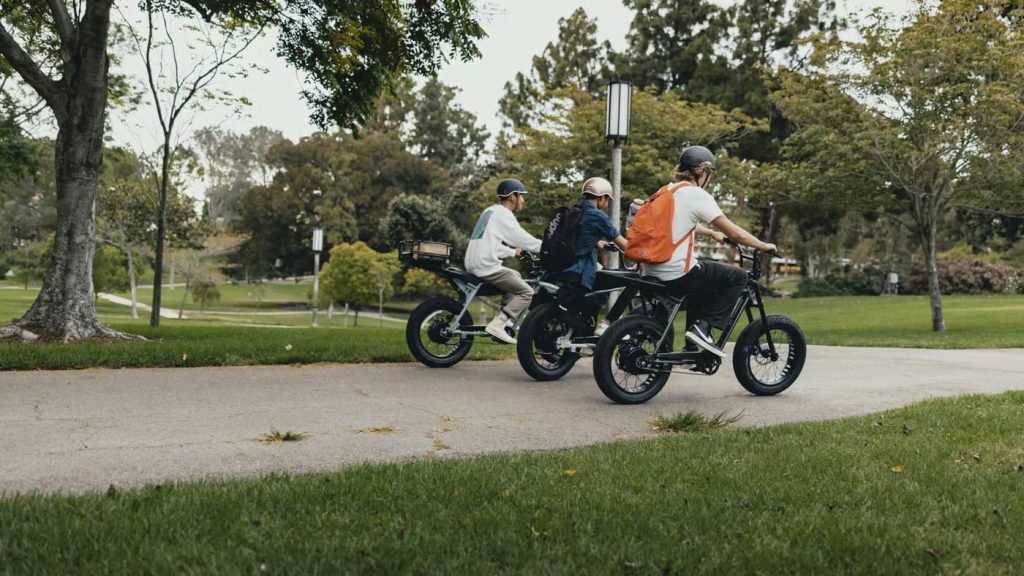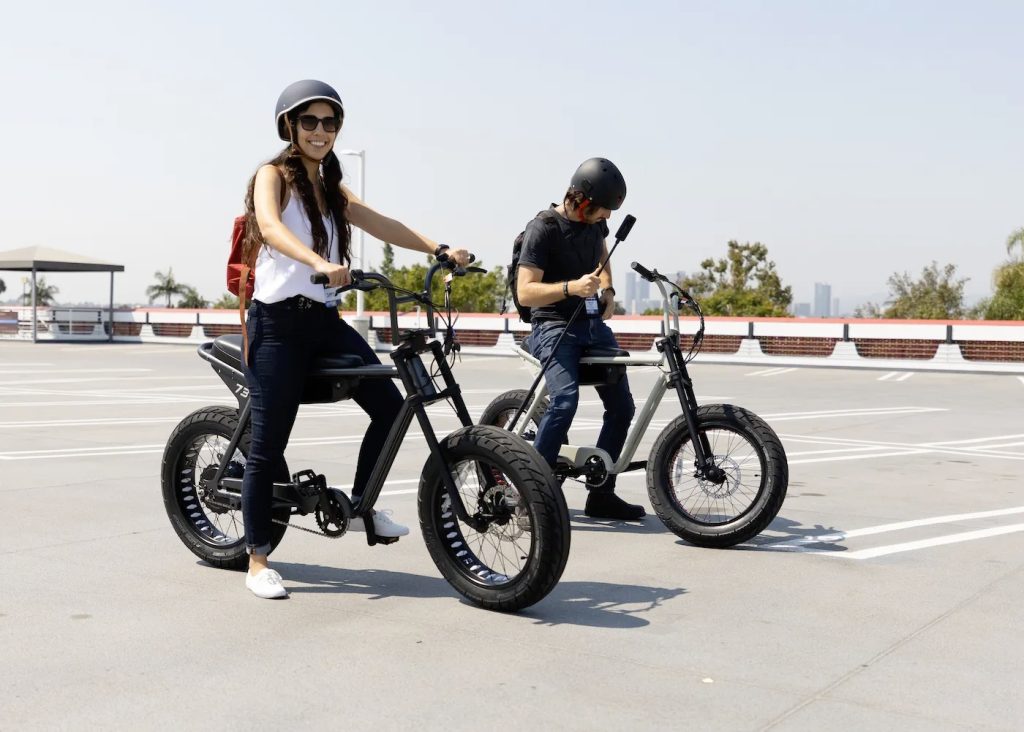
Even in the event you’re not knee-deep into electrical bikes like many people, you very doubtless might have heard of the e-bike model SUPER73. The corporate’s motorbike culture-inspired electrical bikes have confirmed extremely well-liked amongst teenagers and younger adults, however the heyday of quick and questionably (or clearly) unlawful e-bike modes appears to be coming to an finish for the model.
SUPER73 didn’t invent the moped-style electrical bike, however it’s usually credited for kickstarting the increase. The title has change into so ubiquitous that even different manufacturers of moto-inspired electrical bikes are sometimes erroneously known as SUPER73 e-bikes.
Technically, SUPER73s have been at all times meant to be completely street-legal electrical bikes, and so they at all times shipped in what was generally known as “Class 2 Mode”. That meant the bikes may high out at 20 mph (32 km/h) and largely met most electrical bicycle rules across the US for the previous few years.
Nonetheless, SUPER73 e-bikes may very well be shortly and simply unlocked through the corporate’s personal smartphone app, letting riders entry Class 3 mode of as much as 28 mph (45 km/h) on pedal help, and even an Off-Street Mode that principally eliminated all restrictions and allowed quicker speeds on throttle-only using as properly. Regardless of the title, Off-Street Mode was largely used for road using and turned the bike into one thing of a mini-motorcycle.

However these days of simply unlocking larger efficiency are formally gone, with SUPER73 now reacting to new California rules that put stricter interpretations of e-bike classification legal guidelines on the books. These new rules, which took impact on January 1, 2025, required any e-bike with a useful throttle to restrict its motor help to simply 20 mph. If an e-bike was designed to be modified for quicker pace or larger energy (akin to through a setting change on the bike’s show or within the smartphone app), the bike would now not be thought-about a street-legal electrical bicycle in California.
SUPER73, which has usually discovered itself on the middle of the controversy round quicker e-bikes, reacted shortly. A significant change now ends in the upper efficiency modes being faraway from SUPER73’s app. In response to a discover on the corporate’s web site, “In gentle of newly carried out rules, clients who obtain and pair the SUPER73 app after January 1, 2025, won’t have the power to entry modes aside from the Class 2 mode through which the product is bought.”
Whereas the bikes nonetheless have the mechanical capacity to go quicker, SUPER73’s new replace principally removes the power to entry that larger efficiency, primarily limiting its e-bikes to twenty mph on each throttle and pedal help.

Is there a workaround?
No, SUPER73 has developed an ironclad answer to forestall their e-bikes from being operated in unlawful methods.
Simply kidding. No, after all this isn’t an ideal answer, however probably not because of any fault by SUPER73. There are a number of apps already obtainable that can be utilized as a substitute of the corporate’s app, which permit riders to re-access that larger efficiency. I gained’t record them right here, however it’s not precisely onerous for anybody with an e-bike and web connection to determine it out.
That doesn’t imply that each SUPER73 e-bike out there’s going to be again in its former 30 mph type, and a big variety of riders will doubtless merely be caught with new 20 mph pace limits. However we shouldn’t faux like this can be a foolproof system that may’t be defeated. So long as the e-bikes are in-built a manner that they’re bodily able to larger efficiency (like a chunky 2,000W motor that’s software-limited to 750W and 20 mph), the chance stays that they are going to be someway unlocked to entry that efficiency.
It ought to be famous that such unlocking would nonetheless fall outdoors the rules of California’s new electrical bike legal guidelines, however at that time the punishment would doubtless fall upon the riders themselves as a substitute of the e-bike maker, if it did its half to take away efficiency unlocking from its native app.

Electrek’s Take
I feel that plenty of us may see this as an inevitability, although I’m undecided we anticipated to see corporations come round this shortly, or rolling out updates that coated their e-bikes nationwide as a substitute of simply in California.
I agree that within the brief time period, this can doubtless have a optimistic impact on the few dangerous apples who wreck it for everybody – principally the roving gangs of teenagers on illegally quick e-bikes. Individuals who trip e-bikes in harmful methods round different cyclists and pedestrians are a hazard, plain and easy.
In the long term although, I nonetheless don’t assume that is the right path to go. When you should buy a 125 mph automotive that weighs as a lot as a navy automobile and but it’s merely the accountability of every driver to by no means exceed barely half of its efficiency, it appears foolish to place a lot effort into lowering the pace of bicycles from 28 mph to twenty mph. Is that this actually the most important public security risk to spend our time and legislative assets on?
I nonetheless imagine that the higher answer combines training and enforcement. It’s merely not that tough. If some snot-nosed child is using dangerously within the bike lane, road, or sidewalk, confiscate the bike and slap a high-quality on his or her dad and mom. However don’t inform me that a accountable grownup who is solely attempting to get to work effectively is a menace to society on an e-bike that goes 28 mph as a substitute of 20 mph.

FTC: We use revenue incomes auto affiliate hyperlinks. Extra.


